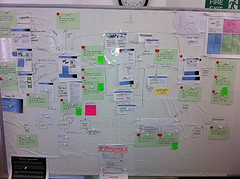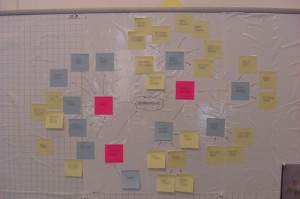there’s SMART goals (Specific / Measurable / Attainable / Realistic / Timely), and then there’s STUPID goals (with more focus on strengths and what you really care for than planning and control).
some (like Leo / @zenhabits) even say it’s better to achieve without goals, or to not have goals!
or even stop trying to be more productive!
You don’t need goals to tell you what to do.
Goals as a system are set up for failure.
Toss productivity advice out the window.
…. the advice is wrong for a simple reason: it’s meant to squeeze the most productivity out of every day, instead of making your days better.
Imagine instead of cranking out a lot of widgets, you made space for what’s important. Imagine that you worked slower instead of faster, and enjoyed your work. Imagine a world where people matter more than profits.
Life where you’re always doing something you love is art.
but if you don’t have goals, or even if you do, the point is really to improve, continuously, isn’t it?
Jurgen recently asked for and received concrete advice for becoming a better manager – not abstract values or principles, but concrete advice on what agile managers should do from day to day.
so…
– should you set a specific (numeric) target or not?
– should you plan some time ahead, like in a project, or should you just think about the next step (even if in the direction of a specific vision)?
– should you focus on improving your weaknesses, or focus on excelling with your strengths?
– should you even have goals, or just follow your passion?



